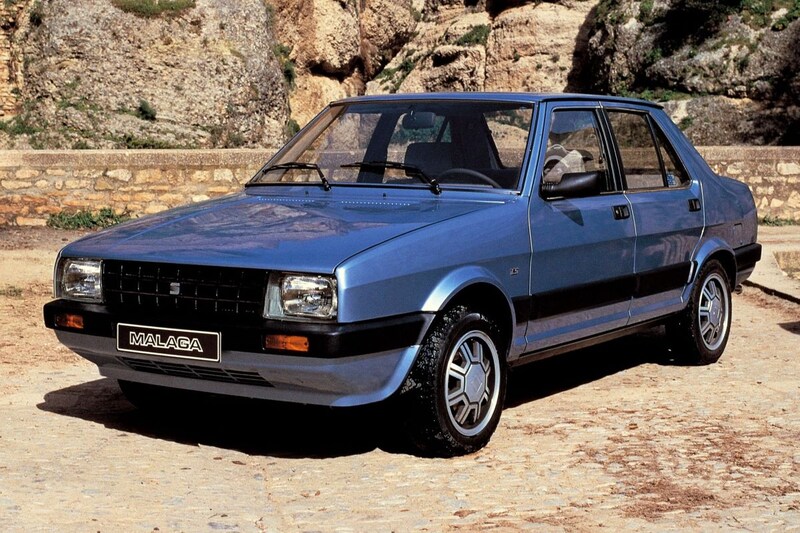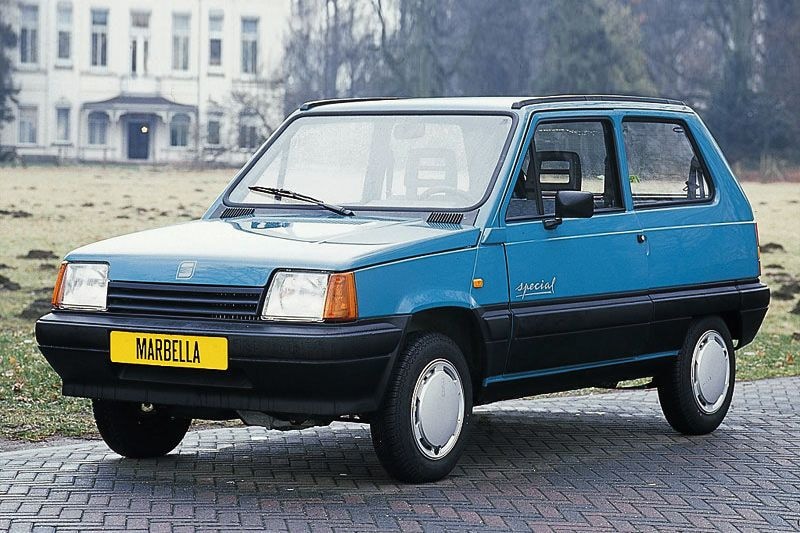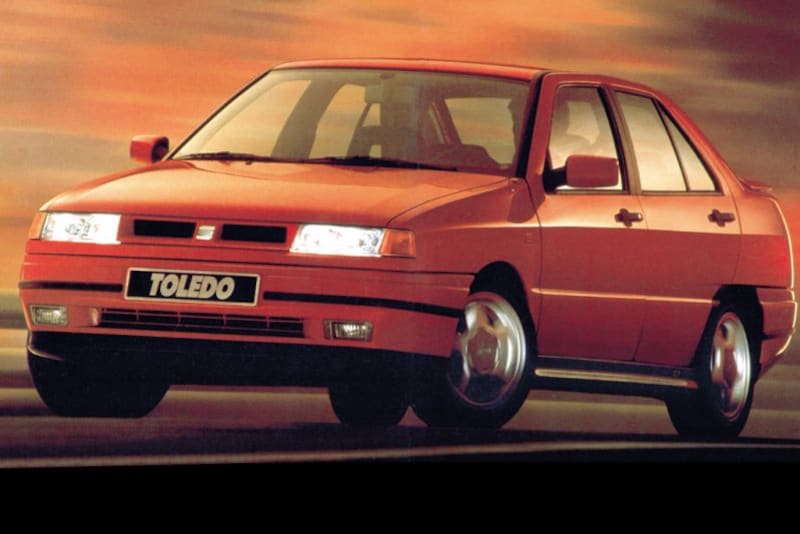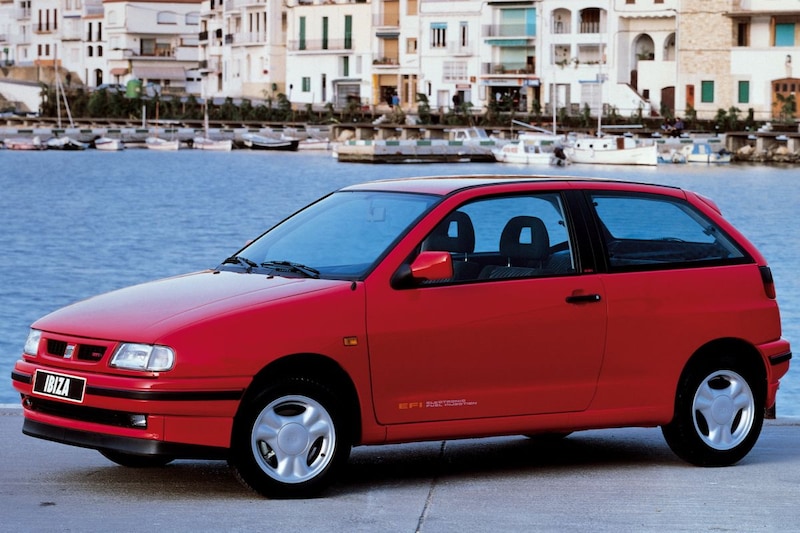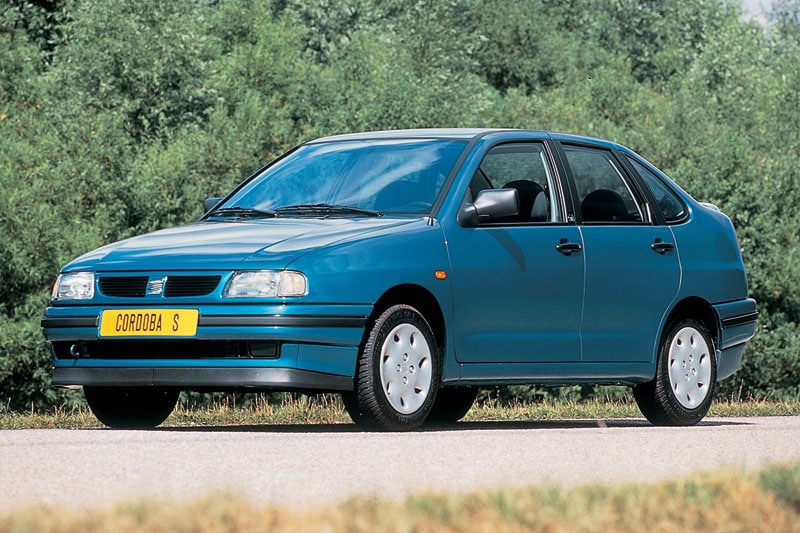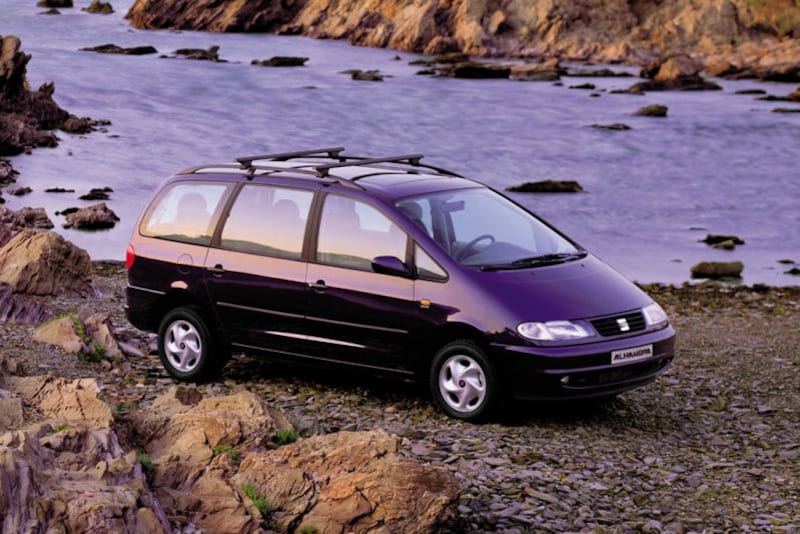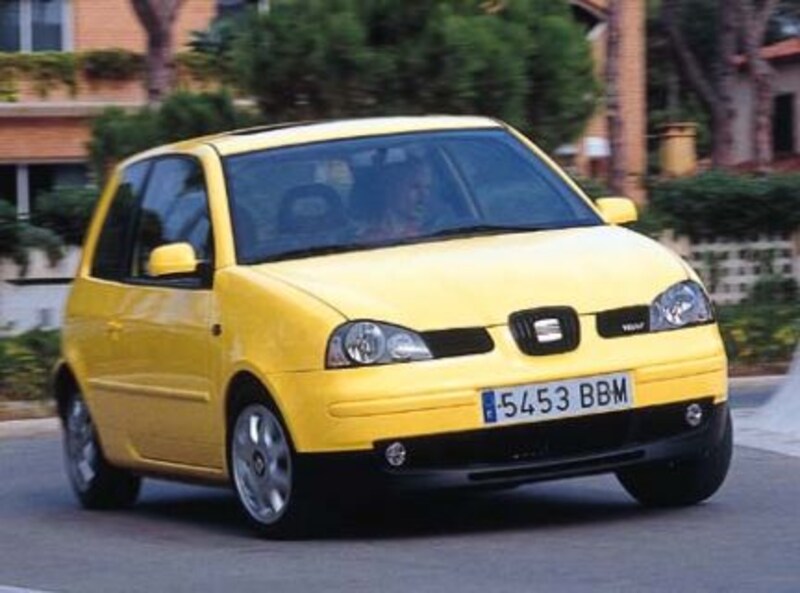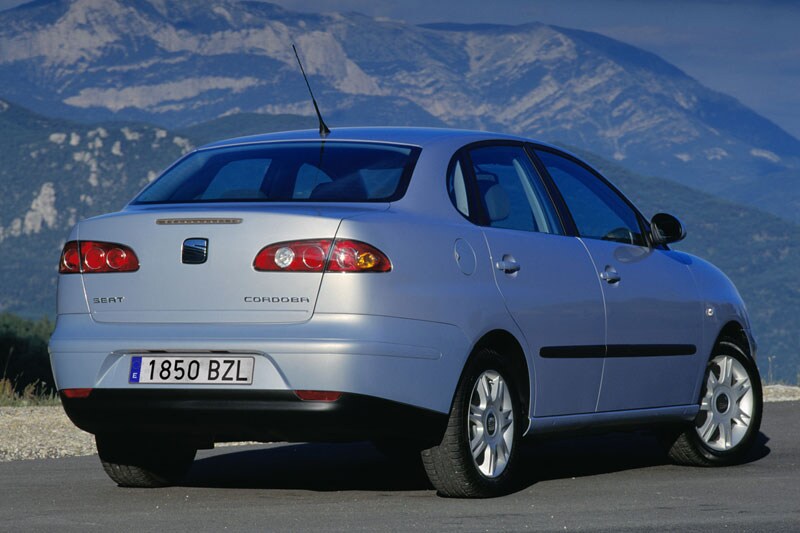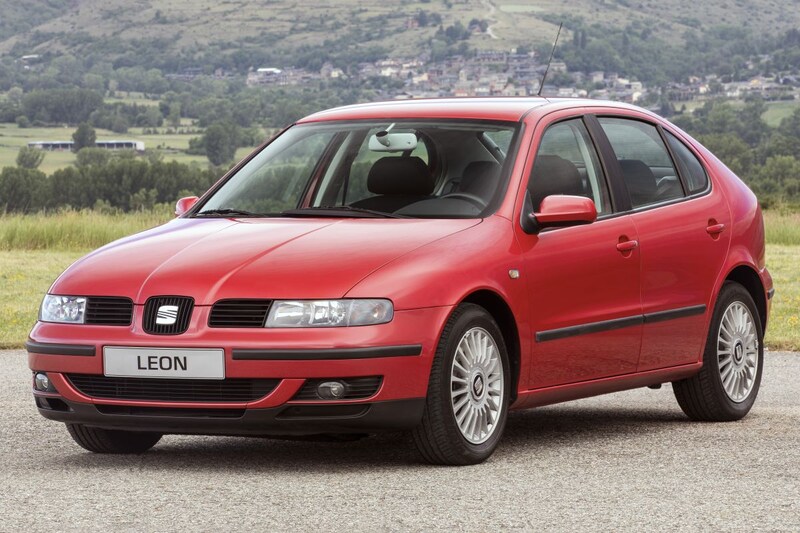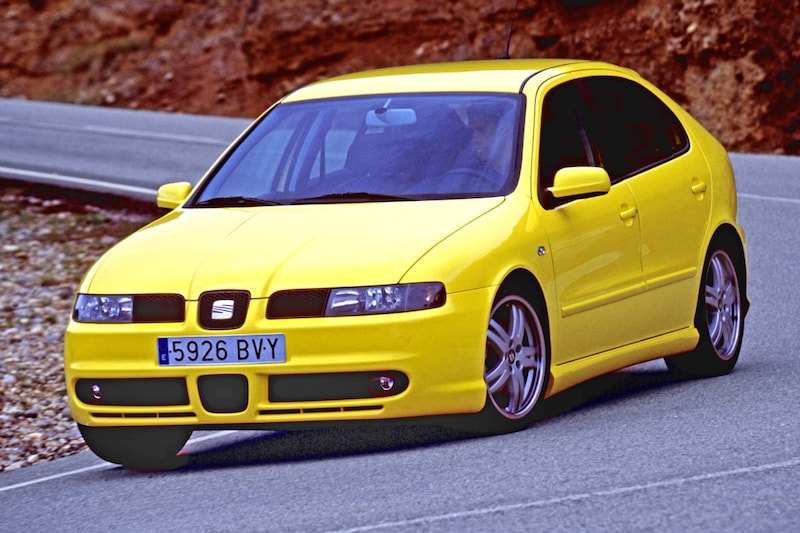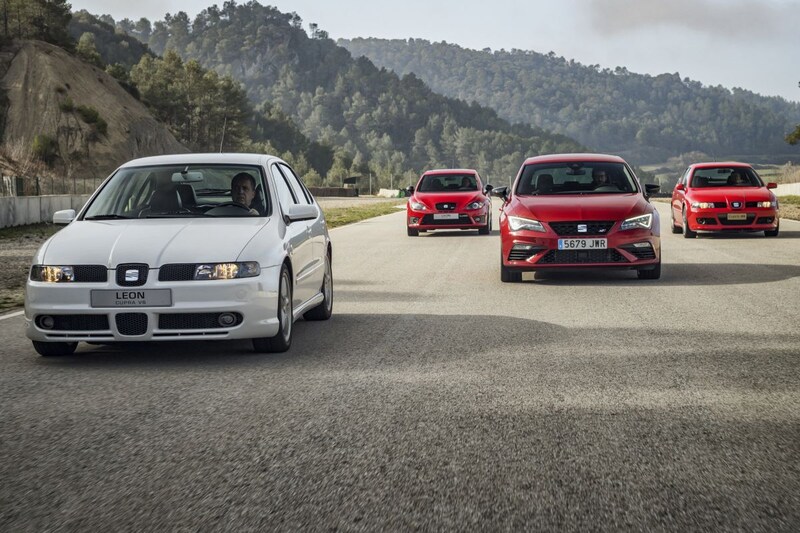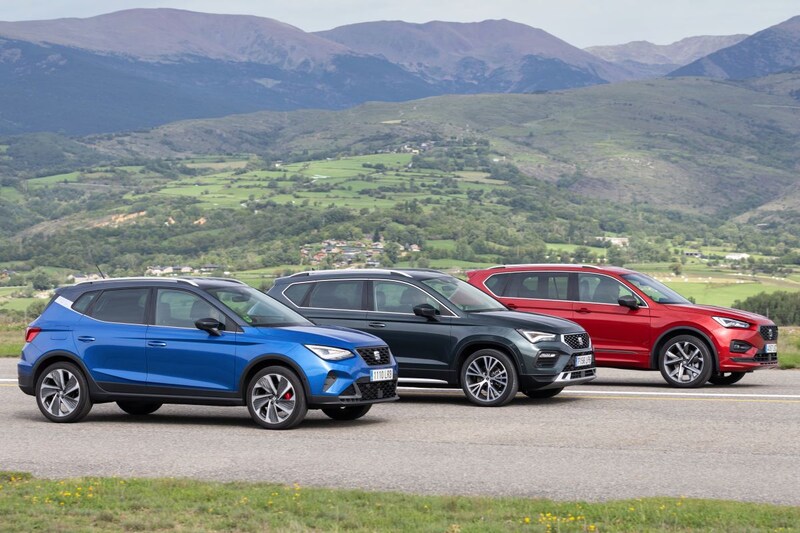It started with the Ronda
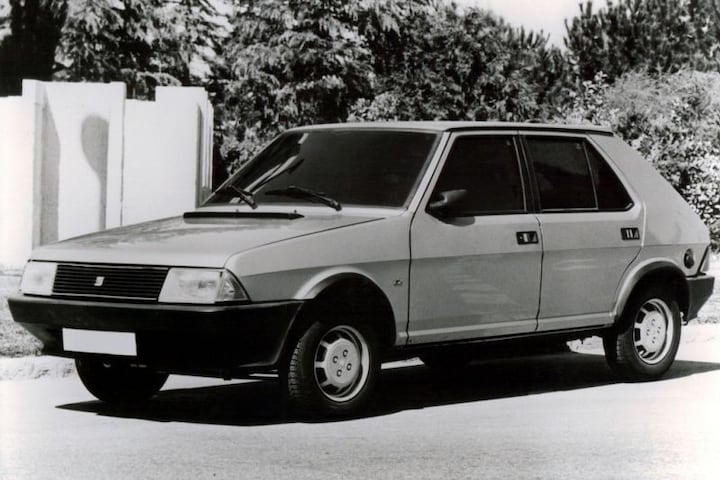

Seat has been around for almost 73 years, but it started building cars just over 69 years ago. It then took another 29 years before we were officially introduced to the brand here in the Netherlands, which is now 40 years ago. It became a success story, but there is a bit of a dark cloud over the anniversary.
Seat Nederland hangs up the garlands, because it has been 40 years since the Dutch adventure of the Spanish brand began. The then 33-year-old brand made its debut with the Ronda pictured above. A car that probably almost exclusively the over-40s can still recall. The Ronda was quite similar to the Fiat Ritmo and that was no coincidence. Seat had built Fiats under license for years and just before the separation with Fiat had already marketed the car in the late 1970s as a rebadged Ritmo, even with the same model name. When Seat and Fiat continued without each other, Seat adapted the Seat Ritmo and renamed it Ronda. Not entirely to the satisfaction of Fiat, which found the Ronda too similar to the Ritmo. Ultimately, the hatchet was buried after a lawsuit when a judge ruled Seat right that the Ronda deviated enough from the Ritmo. In 1983, the Netherlands became acquainted with this ‘first’ Seat.
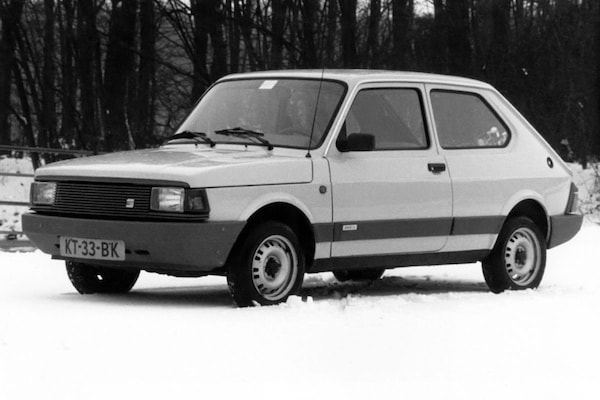
Seat Fura
A year after the Ronda we got the Fura here. That was another special case, because it was still based on the Fiat 127. After all, Seat had already built it under license as the Seat 127. The Fura was therefore already a somewhat outdated car when it was introduced. Fortunately, the redemption came not much later, in 1984, when Seat introduced the first Ibiza. Although the Ibiza still shared its base with the Ronda (and therefore Ritmo), it did have its own carriage designed by Giorgetto Giugiaro. The Germans also came to look around the corner with this car; Karmann and Porsche collaborated on the Ibiza. Karmann prepared the design of the Ibiza for production and Porsche helped develop the powertrains. The Ibiza would help Seat here in the Netherlands on its way to more serious sales figures. The arrival of the Malaga signed by Giugiaro, which although closely resembled the partly related Fiat Regata but was developed separately, also contributed to this.
Under the wings of Volkswagen
In 1986, Seat came under the care of Pon in the Netherlands, which is still an importer of the brand to this day. That was also the year that the Volkswagen Group, which already had close ties with Seat in 1982, largely owned the brand. In the following year, the Netherlands became acquainted with a Seat that still dates from the Fiat era: the Seat Marbella. It had previously been built by Seat as the Seat Panda, but was no longer allowed to bear that name due to the break with the Italians. Even with the Marbella, despite the clear similarities, it was ultimately mainly an outdated Fiat. After all, the Panda received a facelift and new engines in 1986, where Seat had to continue with the old story. However, the Marbella was an even cheaper option than the Fiat, so that put things right again.
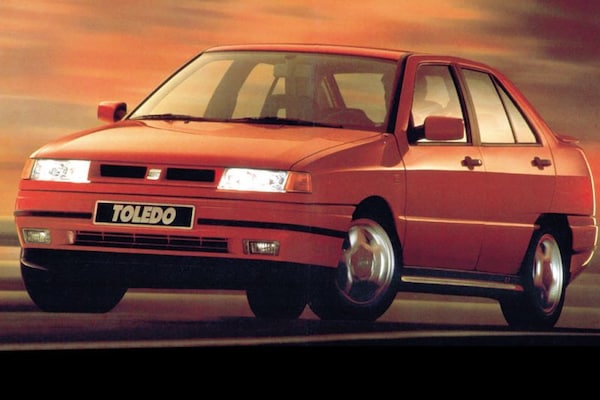
The first Seat Toledo
The expansion of the range eventually helped Seat in 1990 to its most successful year in the Netherlands to date, with 8,618 cars sold. It was the beginning of a decade in which Seat clearly became a Volkswagen subsidiary. The Toledo was launched in 1991 as the successor to the Malaga and shared its base with the Volkswagen Golf II. The second generation Ibiza appeared in 1993 on the platform of, among other things, the third Polo. It went on and on in the years that followed. In 1994, the Cordoba appeared, a sedan and station wagon version of the Ibiza, which in turn even formed the basis for the Polo Classic and Variant. Seat’s first MPV followed in 1996, the Alhambra. We also knew it as Volkswagen Sharan and Ford made it the Galaxy. What it lacked by then was a competitive small city car. That changed with the Arosa, Seat’s version of the Volkswagen Lupo, which appeared in 1997. The decade ended with the arrival of the new Toledo, a sedan based on the Volkswagen Golf IV that heralded a new design era for Seat with its well-received design. The real stunner came in 2000, when the Toledo-without-butt appeared in the form of the first Leon. After the Ibiza, this would eventually become Seat’s most successful model.
Changing directions
In the new century, Seat was already indispensable in the Netherlands and the intensive relationship with Volkswagen had clearly paid off. With the Cupra versions, Seat also started to show more sporty aspirations and eventually that ‘youthful and smooth’ within the group would even become the distinguishing aspect of the brand. Seat reached the still standing Dutch sales record in 2000 with 21,221 cars and in 2001 then took its still valid Dutch market share ever (3.73 percent). The third Ibiza (and sedan and station wagon version Cordoba) drawn by Walter de Silva formed the prelude to a further changed design direction. The second generation Leon, the related Altea and the even more spacious third Toledo were also signed by De Silva and received some mixed reactions. Especially the change from the Toledo to an MPV-like was not appreciated by everyone. That was also quite far from the smooth image that Seat seemed to want to create.

The third Seat Toledo
With the fourth generation Ibiza, which appeared in 2008, Seat showed that it was moving away from this design language. However, it took until 2012 before the next Leon with the somewhat tighter shapes appeared. In the same year, Seat introduced perhaps its most important model in years; the Mii. As part of the wildly successful triplets Up/Citigo/Mii, Seat generated a lot of pressure at the Dutch dealers. That did not apply to the Exeo, which by then quietly disappeared from the showroom. Seat’s attempt to also participate in the middle class with a transformed now outdated Audi A4 B7 can safely be called one of the biggest (if not the biggest) misses of the brand.
Beginning of end for car brand Seat?
What Seat did better was capitalize on the SUV/crossover trend that started to gain momentum about a decade ago. With the arrival of the Ateca (2016), Arona (2017) and Tarraco (2018), Seat tapped into the rapidly growing market for long-legged models. Especially the Arona and Ateca gave Seat a boost in sales here in the Netherlands.
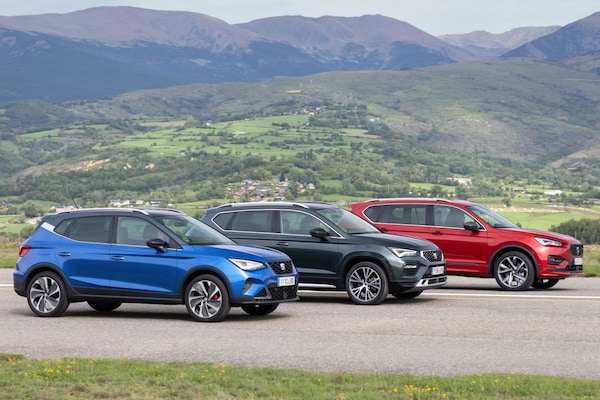
Yet they could not prevent Seat from doing as well as ever in terms of sales in the past ten years. Last year, Seat sold 5,094 cars, the lowest number since 1986! The Cupra label, which grew into a separate brand in 2018, seems to be Seat’s biggest ‘problem’. Last year it sold 2,752 cars in the Netherlands and it is becoming increasingly clear that the Volkswagen Group mainly sees a future in Cupra. How things are going with Seat now? That is still not entirely clear. It seems that Seat as a car brand is slowly disappearing and Cupra is taking over. For example, there is a bit of a gray veil over the 40-year party.
.
– Thanks for information from Autoweek.nl




